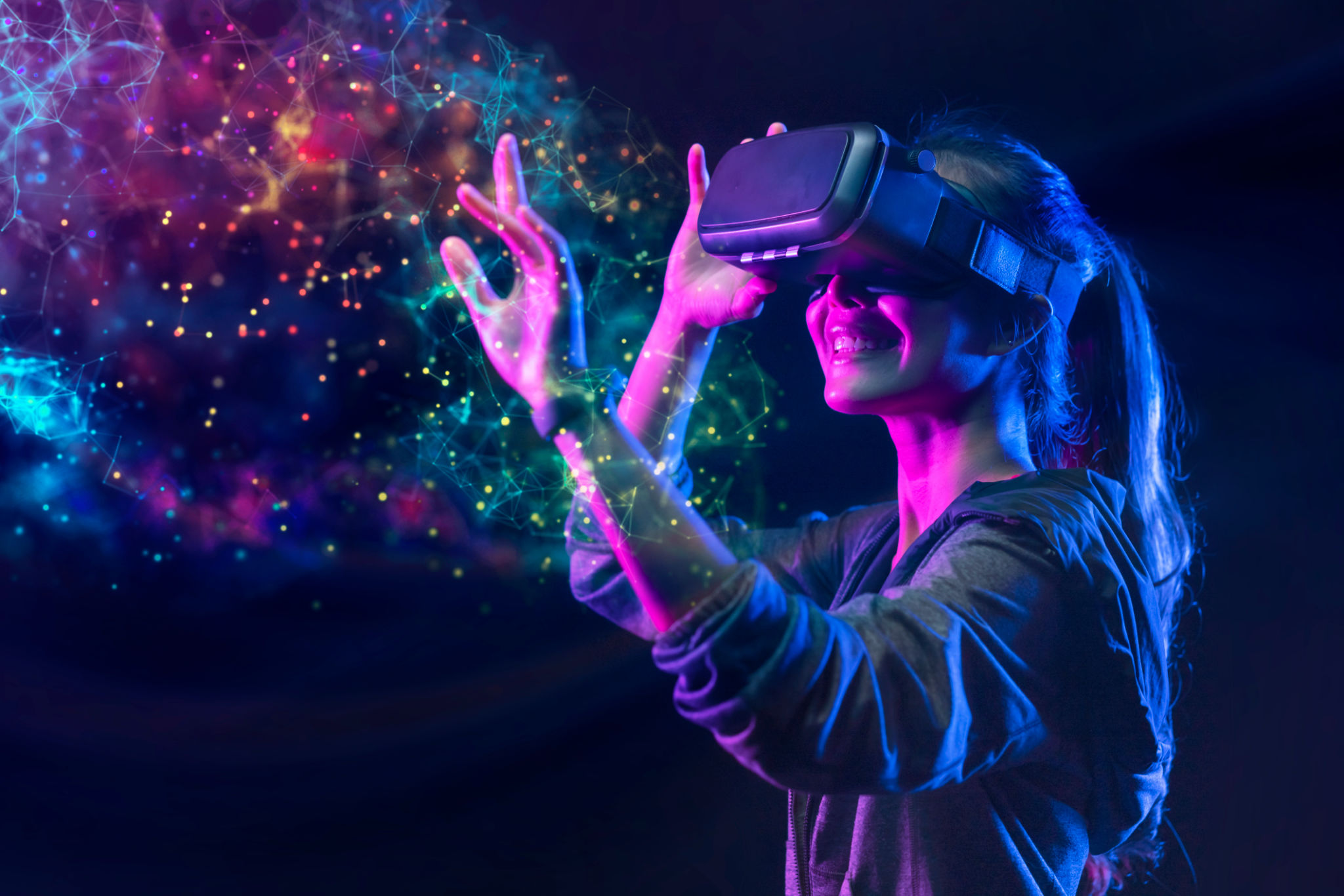Exploring the Latest Trends in Audiovisual Production
The Evolution of Audiovisual Production
In recent years, the field of audiovisual production has undergone significant transformations, driven by technological advancements and shifting consumer preferences. From the integration of artificial intelligence to the rise of immersive experiences, the industry is continuously evolving to meet the demands of both creators and viewers.
One of the most notable trends is the growing use of AI in production processes. AI tools are now being employed to automate editing, enhance visual effects, and even assist in scriptwriting. This has led to more efficient workflows and the ability to produce high-quality content at a faster rate.

Immersive Experiences with Virtual Reality
Virtual reality (VR) is revolutionizing how audiences interact with audiovisual content. By providing an immersive environment, VR allows users to experience stories in a more engaging and personal way. This technology is being widely adopted in various sectors, including gaming, education, and live events.
Producers are leveraging VR to create experiences that transport viewers into entirely new worlds. Whether it’s exploring ancient civilizations or experiencing live concerts from the comfort of home, VR offers endless possibilities for storytelling.

The Rise of Streaming Services
Streaming services have become a dominant force in the distribution of audiovisual content. Platforms such as Netflix, Amazon Prime Video, and Disney+ have reshaped consumer viewing habits by offering on-demand access to a vast library of content. This shift has led to increased investment in original programming and a more diverse range of content.
With the proliferation of streaming services, there is also a growing demand for localized content. Producers are focusing on creating region-specific shows and films that cater to local tastes and preferences, further diversifying the content landscape.

Sustainability in Production
Sustainability is becoming a key consideration in audiovisual production. As the industry becomes more aware of its environmental impact, there is a push towards adopting greener practices. This includes reducing waste on set, utilizing energy-efficient equipment, and implementing sustainable production protocols.
Producers are increasingly looking for ways to minimize their carbon footprint while maintaining high production values. This trend not only benefits the environment but also appeals to eco-conscious audiences who value responsible media practices.

The Role of Social Media
Social media platforms continue to influence audiovisual production by providing new opportunities for content distribution and audience engagement. Creators are using platforms like Instagram, TikTok, and YouTube to reach global audiences quickly and cost-effectively.
These platforms also offer valuable insights into audience preferences, enabling producers to tailor content more effectively. The interactive nature of social media allows for real-time feedback and fosters a sense of community among viewers.
Looking Ahead
The future of audiovisual production promises even more exciting developments as technology continues to advance. From AI-driven personalization to the expansion of the metaverse, the possibilities are endless.
As producers navigate this rapidly changing landscape, staying informed about the latest trends will be crucial. Embracing innovation while maintaining a focus on quality and sustainability will ensure that the industry continues to thrive in the years to come.
